When people think of Kamakura, they imagine the Great Buddha, crowded shopping streets, and famous temples.
But just one stop before Kamakura on the JR Yokosuka Line lies North Kamakura (Kita-Kamakura) — a place where time slows down.
Here, traditional wooden houses line narrow lanes, and moss-covered temple gates invite you to step into another world.
It’s a perfect area for travelers who want to experience a quieter, more contemplative side of Japan.
At the heart of this atmosphere is Hachinoki, a long-established restaurant that specializes in shojin ryori, Japan’s Buddhist-inspired vegetarian cuisine.
For vegan travelers, or anyone curious about authentic Japanese food culture, it’s a must-visit.
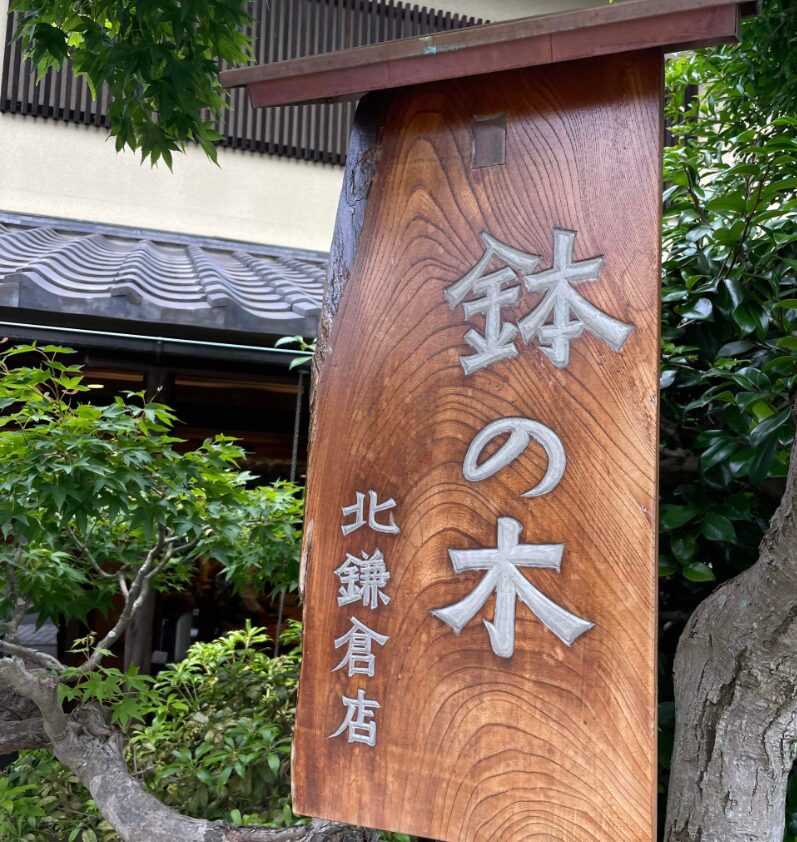
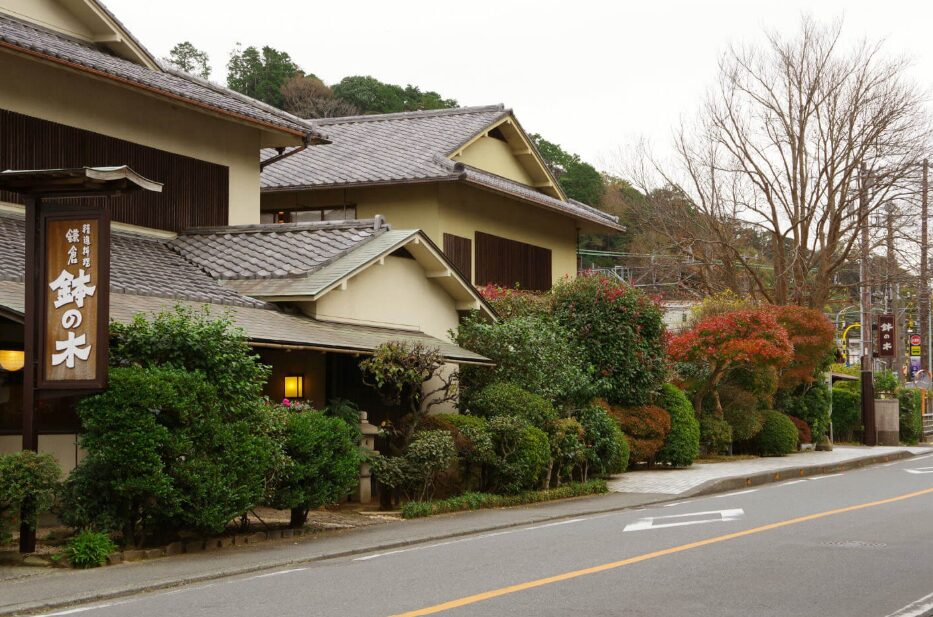
The Spirit of Shojin Cuisine
Shojin ryori originated in Zen Buddhist temples, where monks developed a way of eating that honors life and nature.
It uses no meat, fish, or animal products — instead relying on seasonal vegetables, beans, tofu, and seaweed.
Every dish is prepared with mindfulness, balancing taste, texture, and color.
This approach reflects a deep respect for all living beings and an appreciation for the changing seasons — values at the heart of Japanese culture.
Eating shojin cuisine is more than just having a meal; it’s like participating in a living tradition.
For many visitors, it offers a window into Japan’s spiritual heritage and its connection between food and mindfulness.
Hachinoki: A Long-Established Restaurant in North Kamakura
Hachinoki has been serving shojin and kaiseki cuisine for decades.
Its main location, called “Shinkan”, is just a 4–5 minute walk from JR Kita-Kamakura Station, near temples like Tokei-ji and Jochi-ji.
Inside, you’ll find a calm and elegant interior with spacious table seating downstairs and tatami rooms upstairs for a more traditional feel.
The staff are welcoming, and English menus are available — making it easier for international guests to feel at home.
One of Hachinoki’s charms is its flexibility.
You can enjoy a full-course meal served on lacquered trays, or you can order a beautifully arranged bento box to take with you on a hike.
Either way, the presentation is stunning, and every bite tastes fresh and refined.
My Experience at Hachinoki
On my last visit, I tried one of their take-out bento boxes before setting off on a hiking trail. I also found side dishes and traditional Japanese sweets in addition to the bento.
Everything was truly delicious — thank you for the wonderful meal.
It’s my small way of supporting the local community. The little garden at the entrance was lovely, too.
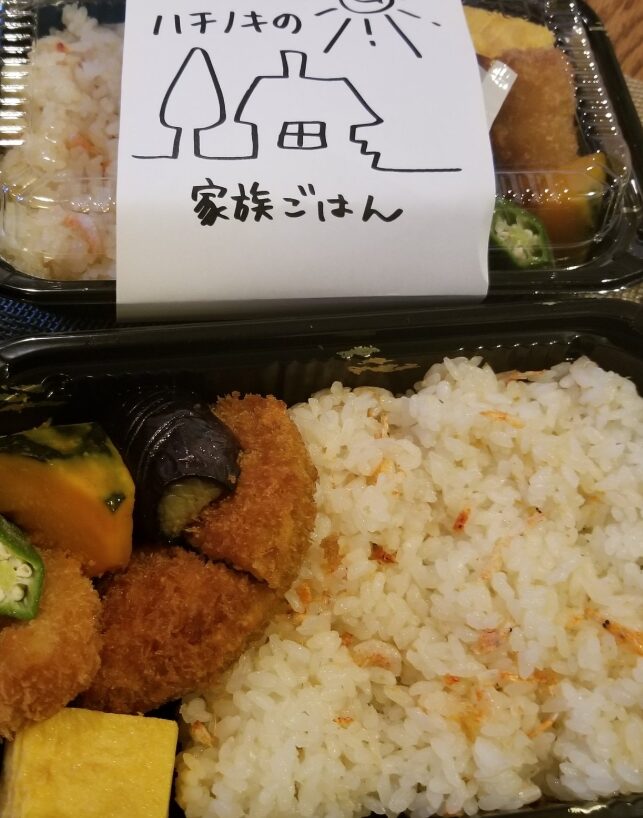
Sitting under tall trees with a gentle breeze around me, I realized how perfectly the meal matched the atmosphere of North Kamakura: calm, thoughtful, and connected to nature.
Many people think vegetarian food might be bland or leave them hungry.
But shojin cuisine at Hachinoki is surprisingly satisfying.
It shows how creativity and tradition can make plant-based food rich, nourishing, and exciting.
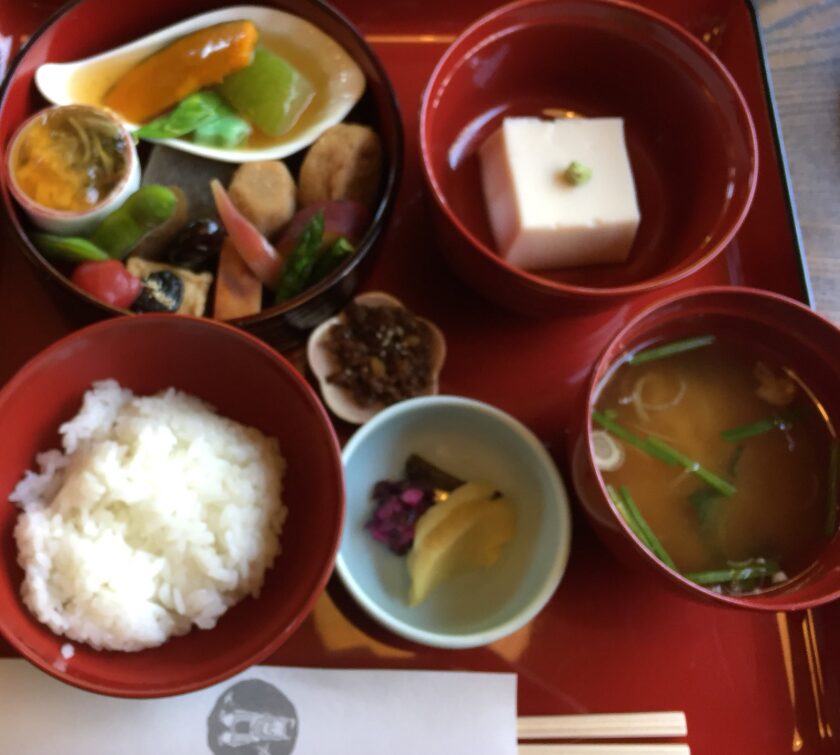
North Kamakura: More Than a Stopover
North Kamakura itself deserves time.
This area is home to some of the oldest Zen temples in Japan.
Unlike the more crowded main Kamakura area, here you can walk quiet stone paths, listen to birdsong, and sense the same tranquility monks once sought centuries ago.
Visiting temples like Engaku-ji or Jochi-ji before or after your meal at Hachinoki creates a full cultural experience — meditation for both mind and palate.
The combination of temple visits and shojin cuisine is one of the most authentic ways to feel the soul of Japan.
It’s not just sightseeing; it’s living a small piece of history.
Why International Travelers Love It
- Vegan-friendly: No animal products, perfect for dietary restrictions.
- Cultural immersion: Taste a cuisine born from Zen Buddhism.
- Accessible: Just minutes from the station, easy to add to your itinerary.
- Atmosphere: A peaceful break from busy tourist spots.
For those who want to go beyond “Instagram-famous” places and really connect with Japanese values — mindfulness, respect for nature, and seasonal beauty — Hachinoki and North Kamakura are ideal.
A Taste of Japan’s Heart
In Japan, food is more than fuel; it’s a reflection of the seasons, the land, and the people who prepare it.
By trying shojin cuisine at a place like Hachinoki, you’re not just eating — you’re experiencing a tradition of gratitude and simplicity that has shaped Japanese culture for centuries.
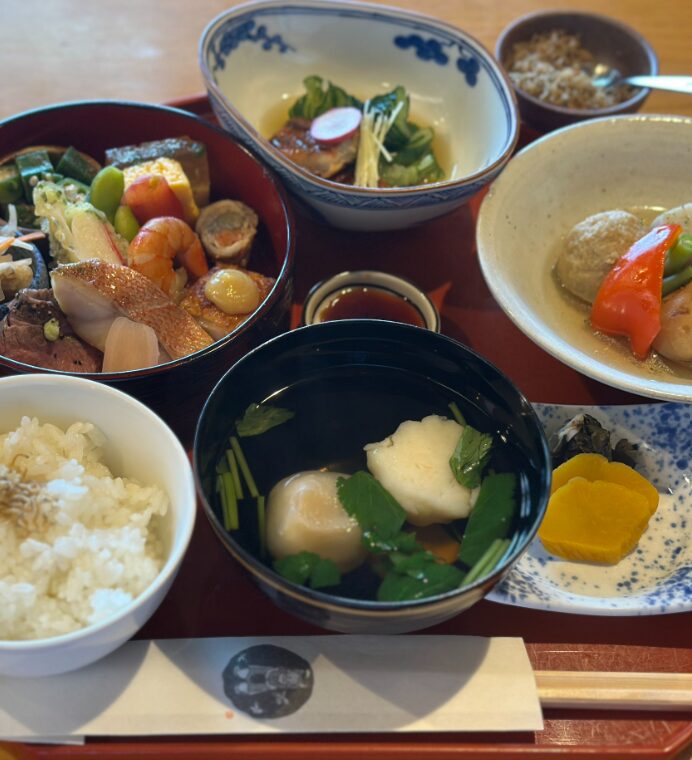
So next time you plan a trip to Kamakura, don’t just rush through the main sights.
Take a slow walk through North Kamakura, visit a temple or two, and treat yourself to a meal at Hachinoki.
It may become one of the most memorable moments of your journey — a quiet discovery that helps you understand and love Japan a little more.
We warmly welcome visitors from all over the world, and many travelers make the effort to learn about Japan’s traditions.
However, in some tourist areas, there have been concerns about inappropriate behavior.
Since you’ve come all the way to Japan and are investing your time and money here, we kindly ask you to also invest in learning about our customs, manners, and the spirit of respect that is central to Japanese culture.
Kamakura — and especially North Kamakura — is a destination for thoughtful, mature travel.
Its temples, gardens, and traditional restaurants reveal their true charm only to those who approach them with respect and curiosity.
By observing local manners and slowing down to experience the atmosphere, you will not only enrich your own journey but also help preserve what makes this place so special.
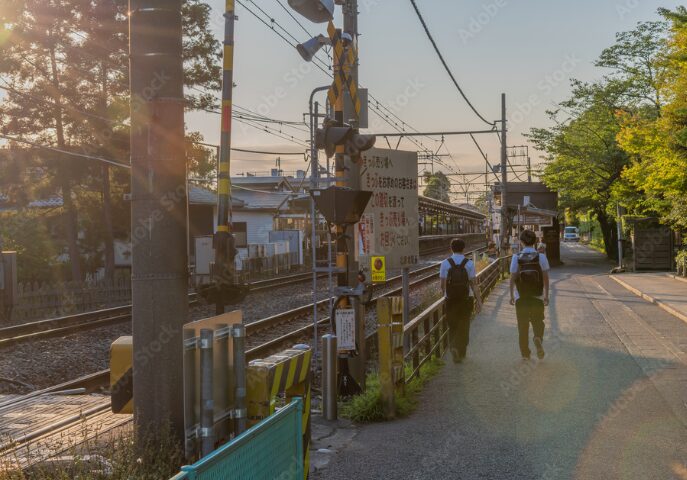


コメント